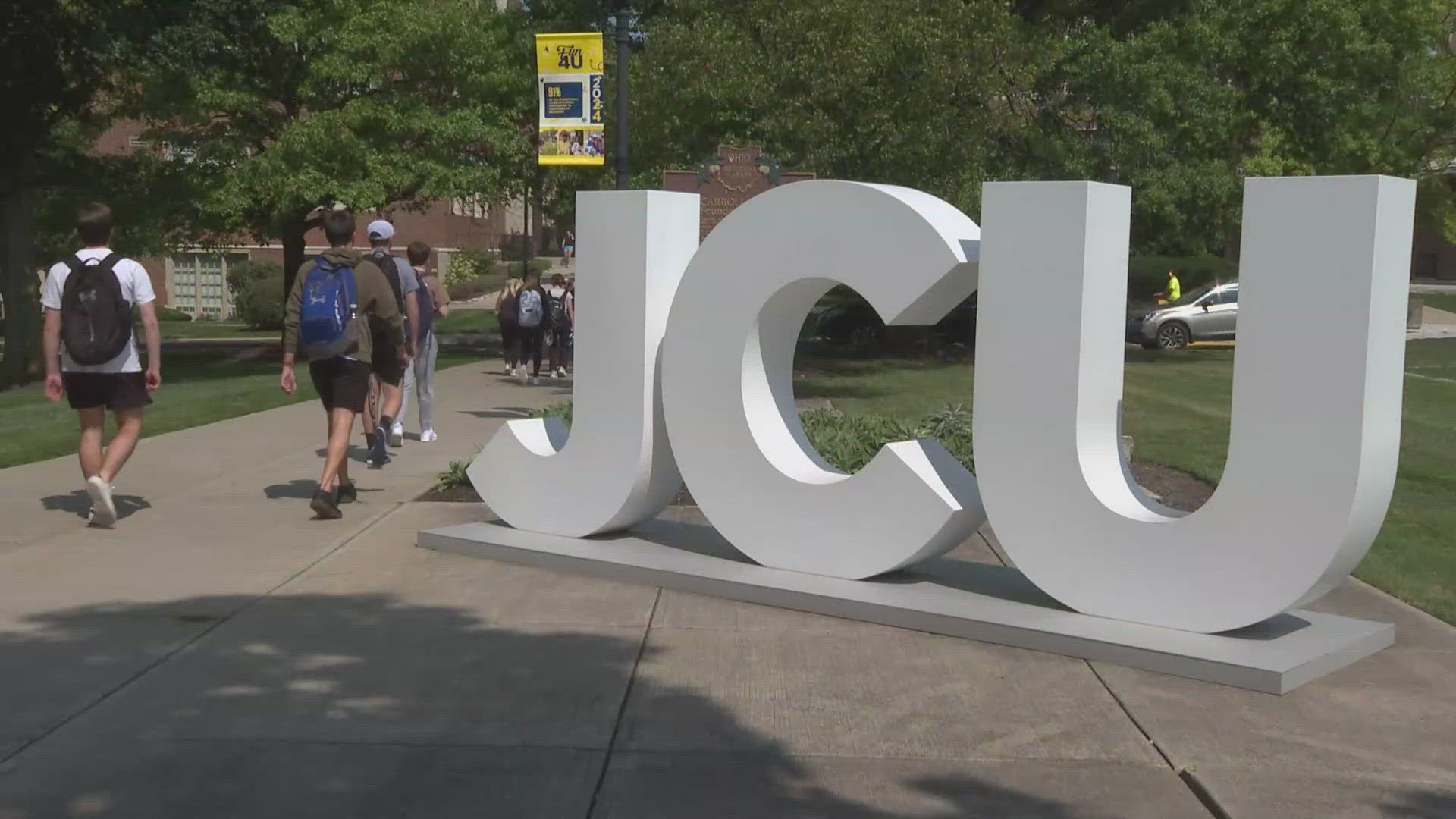One year after the Supreme Court voted to overturn affirmative action, ruling it is unconstitutional to consider race as a factor in college admissions, many schools in higher education are seeing minority enrollment numbers drop. MIT, Amherst, Princeton, and North Carolina are all among the schools reporting significant decreases.
3News Investigates dove into the numbers in our area, reaching out to five area schools to see who is enrolling here in Northeast Ohio.
AREA SCHOOLS
Carolyn Noll Sorg is vice president of enrollment at John Carroll University. With a full-time undergraduate body of under 3,000, every student counts, and she says while race and ethnicity can't be a determining factor in admissions, diversity is still a priority.
"We really made a point to get to know the families that were coming in and getting to know John Carroll," Noll Sorg explained. "We're looking to enrich our community with not just people of color, but different nationalities, different orientations.
"The students have so much support. You can see how the students really look out for each other."
Serine Jaffal is a student in the molecular biology program and a member of the Muslim Student Association at JCU. She's also part of the growing diversity movement on campus.
"I've really have seen members of our community up across the last two years," Jaffal beams.
THE NUMBERS
According to numbers provided by the school, John Carroll is welcoming its largest freshman class since the COVID-19 pandemic. The class of 2028 is also one of its most diverse ever, with 22% of the student body identifying as a race other than white, a 4% jump from their diversity percentage for the most recent year on record.
"We're also seeing that diversity grow," Noll Sorg said, "and we're proud of that."
John Carroll isn't the only Northeast Ohio school bucking the national trend. Barely 20 miles away, VP of enrollment Scott Schulz say Baldwin Wallace University hasn't experienced any drop in diversity.
"We haven't seen that," Shulz told 3News Investigates. "Our same practices allow us to still continue to understand where our different populations are."
Records provided by the school show more than 25% of BW's freshman class identifies as an ethnicity other than white, the school's highest percentage in years.
"Students continue to tell us about who they are, about the sort of obstacles that they've overcome," Shulz said. "We're looking for that rigor, for that grit."
Local leadership is optimistic those numbers will hold strong in the coming years, even without affirmative action being involved in the admissions process. If diversity continues to grow, it won't be an accident.
Diversity numbers at Case Western Reserve University and the College of Wooster were also up, according to statistics viewed by 3News Investigates. We also reached out to Oberlin College, but did not hear back.
EMBRACING DIVERSITY
"Our theme for this year is 'dialogue across difference,'" Noll Sorg said. "We want students to build the skills that they need to have conversations with people that may see the world differently than they do."
"I think that's going to be good," Shulz concurred, "not just for institutions or students, but for the entire country at large."
As a child, Jaffal had a family role model for diversity in the world of higher education. She knows how important the diversity movement is for young students that are looking to make their mark in the classroom.
"My mom was the first person in her school to go to college," Jaffal explained. "These children are growing up and seeing people that look like that getting higher education and (thinking), 'OK, maybe I can too,' and they come to college."

